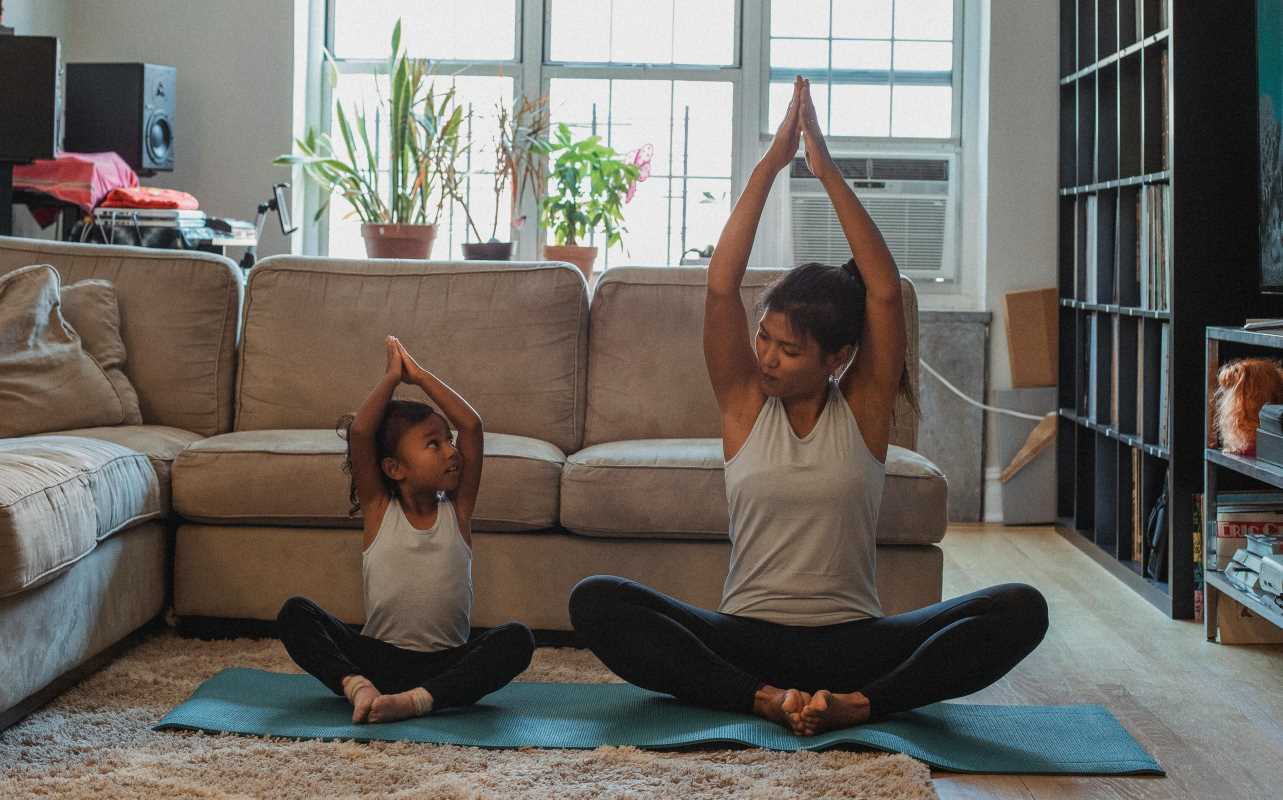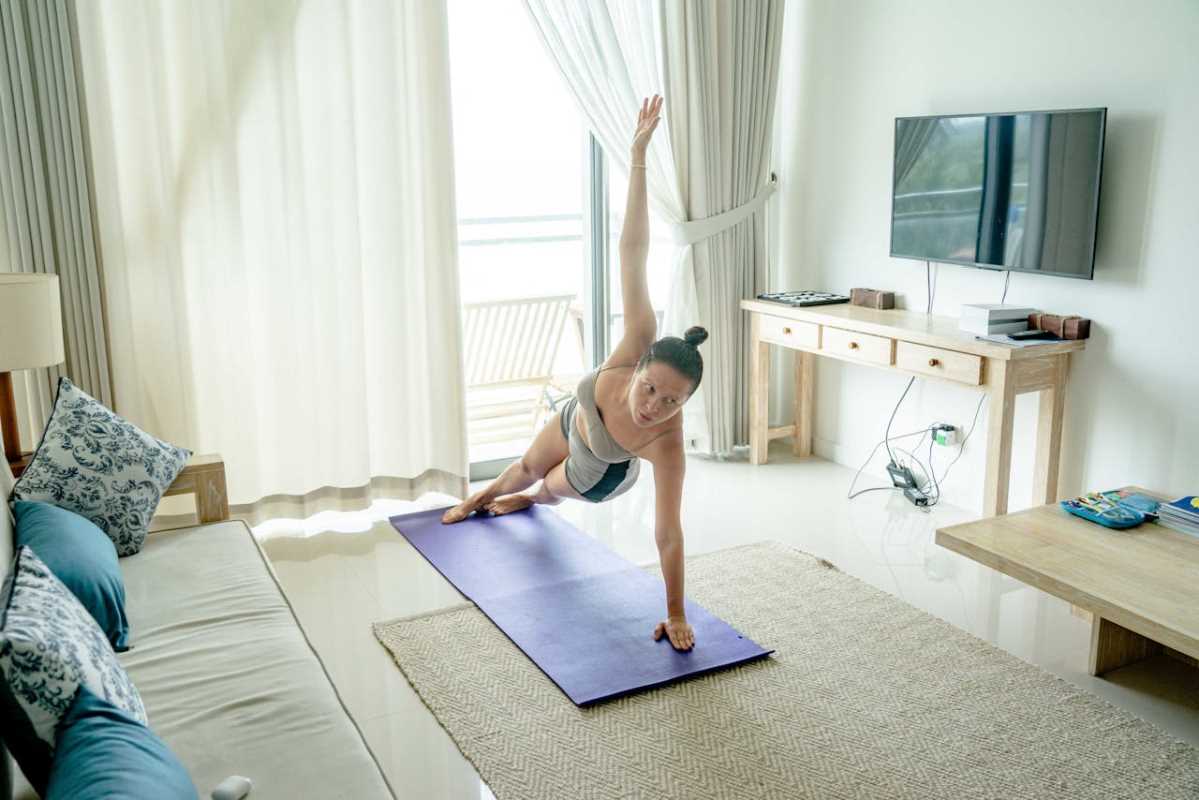Starting your day with stretches, mindful breathing, and a few moments of laughter can create a powerful emotional connection between you and your child. These simple acts not only wake up the body but also nurture a sense of presence, calm, and joy that carries through the rest of the day. Parent-child yoga offers a unique way to blend gentle physical activity with meaningful quality time, turning daily movement into a shared experience filled with positivity and support. Rather than rushing through the morning routine or spending time apart, practicing yoga together invites closeness and communication in a relaxed, playful setting. As both parent and child learn and grow side by side, the benefits go far beyond physical flexibility—they build trust, patience, and emotional understanding.
The Benefits of Parent-Child Yoga
Practicing yoga together brings numerous advantages that extend beyond the mat. Here are some key benefits:
- Physical Health: Yoga improves flexibility, strength, and balance for both parents and children, promoting overall physical well-being.
- Mental Clarity: Practicing yoga encourages mindfulness and concentration, helping family members manage stress and stay focused.
- Emotional Bonding: Sharing a yoga session creates opportunities for emotional connection, enhancing trust and communication between parents and children.
- Routine and Discipline: Regular practice helps establish a consistent routine, teaching children the value of discipline and commitment.
- Confidence Building: Successfully performing yoga poses can boost self-esteem and confidence in both parents and children.
Getting Started with Parent-Child Yoga
Starting a yoga practice with your child proves simple and rewarding. Follow these steps to embark on your yoga journey together:
- Set a Schedule: Choose a time that works for both you and your child, ensuring consistency in your practice.
- Create a Space: Designate a comfortable, quiet area in your home where you can practice without interruptions.
- Gather Supplies: Get yoga mats or comfortable blankets to provide cushioning and support during your sessions.
- Choose Simple Poses: Start with basic yoga poses that are easy for both of you to perform, building a foundation for more advanced movements.
- Follow a Guide: Use online resources, books, or join a class to help you and your child learn proper techniques and sequences.
- Stay Patient and Positive: Encourage each other and maintain a positive attitude, making the experience enjoyable for everyone involved.
Creating a Routine
Establishing a consistent practice is essential for reaping the full benefits of parent-child yoga. Consistency helps build momentum and makes yoga a natural part of your family’s lifestyle.
Set aside dedicated time each day or week to practice together. Whether it’s in the morning to start the day or in the evening to unwind, having a routine ensures that everyone looks forward to their yoga sessions. Consistency helps reinforce the mental and physical habits that yoga promotes, leading to long-term benefits for the entire family.
Fun and Engaging Yoga Poses for Families
Choosing the right yoga poses can make your practice enjoyable and engaging for everyone. Some great options that are perfect for families include various yoga poses designed to be loved by all:
- Downward-Facing Dog: A classic pose that stretches the entire body, encouraging teamwork as parents and children move together.
- Tree Pose: Improves balance and concentration, allowing family members to support each other in maintaining stability.
- Warrior Pose: Builds strength and confidence, with variations that can be adjusted to suit different skill levels.
- Child’s Pose: A restful pose that encourages relaxation and provides a moment of calm amidst the activity.
- Partner Boat Pose: Enhances core strength and coordination, creating a sense of partnership and collaboration.
Troubleshooting Common Challenges
While parent-child yoga offers many benefits, families might encounter some obstacles. Here are practical tips to overcome common challenges:
- Lack of Time: Schedule short, manageable sessions and gradually increase the duration as your routine becomes more established.
- Different Skill Levels: Choose poses that can be easily modified to accommodate varying abilities, ensuring everyone can participate comfortably.
- Distractions: Create a distraction-free environment by minimizing noise and other interruptions during your yoga practice.
- Consistency: Keep each session fun and engaging to encourage regular participation and maintain enthusiasm.
- Motivation: Set achievable goals and celebrate milestones to keep everyone motivated and invested in the practice.
Parent-child yoga brings families closer through shared movement and mindful connection. Start your practice today and enjoy a healthier, happier time together.
 (Image via
(Image via





